Cover
Copyright
Contents
Preface
About the Author
PART I: Fundamental Concepts
1 Packet-Switched Networks
1.1 Basic Definitions in Networks
1.2 Types of Packet-Switched Networks
1.3 Packet Size and Optimizations
1.4 Foundation of Networking Protocols
1.5 Addressing Scheme in the Internet
1.6 Equal-Sized Packets Model
1.7 Summary
1.8 Exercises
1.9 Computer Simulation Project
2 Overview of Networking Devices
2.1 Network Interface Cards (NICs)
2.2 Switching and Routing Devices
2.3 Wireless Switching and Routing Devices
2.4 Modems
2.5 Multiplexers
2.6 Summary
2.7 Exercises
2.8 Computer Simulation Project
3 Data Links and Link Interfaces
3.1 Data Links
3.2 Link Encoder
3.3 Error Detection and Correction on Links
3.4 Flow Control on Links
3.5 Link Access by Multiple Users
3.6 Wireless Channel Access by Multiple Users
3.7 Link Aggregation
3.8 Summary
3.9 Exercises
3.10 Computer Simulation Project
4 Local Area Networks and Networks of LANs
4.1 LANs and Basic Topologies
4.2 LAN Protocols
4.3 Networks of LANs
4.4 MAC/IP Address Conversion Protocols
4.5 Spanning-Tree Protocol (STP)
4.6 Virtual LANs (VLANs)
4.7 Wireless LANs
4.8 IEEE 802.11 Wireless LAN Standard
4.9 Case Study: DOCSIS, a Cable TV Protocol
4.10 Summary
4.11 Exercises
4.12 Computer Simulation Project
5 Wide-Area Routing and Internetworking
5.1 IP Packets and Basic Routing Policies
5.2 Path Selection Algorithms
5.3 Intradomain Routing Protocols
5.4 Interdomain Routing Protocols
5.5 Internet Protocol Version 6 (IPv6)
5.6 Congestion Control at the Network Layer
5.7 Summary
5.8 Exercises
5.9 Computer Simulation Project
6 Multicast Routing and Protocols
6.1 Basic Definitions and Techniques
6.2 Local and Membership Multicast Protocols
6.3 Intradomain Multicast Protocols
6.4 Interdomain Multicast Protocols
6.5 Summary
6.6 Exercises
6.7 Computer Simulation Project
7 Wireless Wide Area Networks and LTE Technology
7.1 Infrastructure of Wireless Networks
7.2 Cellular Networks
7.3 Mobile IP Management in Cellular Networks
7.4 Long-Term Evolution (LTE) Technology
7.5 Wireless Mesh Networks (WMNs) with LTE
7.6 Characterization of Wireless Channels
7.7 Summary
7.8 Exercises
7.9 Computer Simulation Project
8 Transport and End-to-End Protocols
8.1 Overview of the Transport Layer
8.2 User Datagram Protocol (UDP)
8.3 Transmission Control Protocol (TCP)
8.4 Mobile Transport Protocols
8.5 TCP Congestion Control
8.6 Summary
8.7 Exercises
8.8 Computer Simulation Project
9 Basic Network Applications and Management
9.1 Overview of the Application Layer
9.2 Domain Name System (DNS)
9.3 Electronic Mail (E-Mail)
9.4 World Wide Web (WWW)
9.5 Remote Login Protocols
9.6 File Transfer and FTP
9.7 Peer-to-Peer (P2P) Networking
9.8 Network Management
9.9 Summary
9.10 Exercises
9.11 Computer Simulation Projects
10 Network Security
10.1 Overview of Network Security
10.2 Security Methods
10.3 Symmetric-Key Cryptography
10.4 Public-Key Cryptography
10.5 Authentication
10.6 Digital Signatures
10.7 Security of IP and Wireless Networks
10.8 Firewalls and Packet Filtering
10.9 Summary
10.10 Exercises
10.11 Computer Simulation Project
PART II: Advanced Concepts
11 Network Queues and Delay Analysis
11.1 Little's Theorem
11.2 Birth-and-Death Process
11.3 Queueing Disciplines
11.4 Markovian FIFO Queueing Systems
11.5 Non-Markovian and Self-Similar Models
11.6 Networks of Queues
11.7 Summary
11.8 Exercises
11.9 Computer Simulation Project
12 Advanced Router and Switch Architectures
12.1 Overview of Router Architecture
12.2 Input Port Processor (IPP)
12.3 Output Port Processor (OPP)
12.4 Central Controller
12.5 Switch Fabric
12.6 Multicasting Packets in Routers
12.7 Summary
12.8 Exercises
12.9 Computer Simulation Project
13 Quality of Service and Scheduling in Routers
13.1 Overview of Quality of Service (QoS)
13.2 Integrated Services QoS
13.3 Differentiated Services QoS
13.4 Resource Allocation
13.5 Packet Scheduling
13.6 Summary
13.7 Exercises
13.8 Computer Simulation Project
14 Tunneling, VPNs, and MPLS Networks
14.1 Tunneling
14.2 Virtual Private Networks (VPNs)
14.3 Multiprotocol Label Switching (MPLS)
14.4 Summary
14.5 Exercises
14.6 Computer Simulation Project
15 All-Optical Networks, WDM, and GMPLS
15.1 Overview of Optical Networks
15.2 Basic Optical Networking Devices
15.3 Large-Scale Optical Switches
15.4 Structure of Optical Cross Connects (OXCs)
15.5 Routing in All-Optical Networks
15.6 Wavelength Allocation in Networks
15.7 Case Study: An All-Optical Switch
15.8 Summary
15.9 Exercises
15.10 Computer Simulation Project
16 Cloud Computing and Network Virtualization
16.1 Cloud Computing and Data Centers
16.2 Data Center Networks (DCNs)
16.3 Network Virtualization
16.4 Overlay Networks
16.5 Summary
16.6 Exercises
16.7 Computer Simulation Projects
17 Software-Defined Networking (SDN) and Beyond
17.1 Software-Defined Networking (SDN)
17.2 SDN-Based Network Model
17.3 Small-Size SDN Architectures
17.4 SDN Architectures for Clouds
17.5 Network Functions Virtualization (NFV)
17.6 Information-Centric Networking (ICN)
17.7 Network Emulators for Advanced Networks
17.8 Summary
17.9 Exercises
17.10 Computer Simulation Projects
18 Voice over IP (VoIP) Signaling
18.1 Public Switched Telephone Networks (PSTN)
18.2 Overview of Voice over IP (VoIP)
18.3 H.323 Protocol
18.4 Session Initiation Protocol (SIP)
18.5 Softswitch Methods and MGCP
18.6 VoIP and Multimedia Internetworking
18.7 Summary
18.8 Exercises
18.9 Computer Simulation Projects
19 Media Exchange and Voice/Video Compression
19.1 Overview of Data Compression
19.2 Digital Voice and Compression
19.3 Still Images and JPEG Compression
19.4 Moving Images and MPEG Compression
19.5 Compression Methods with Loss
19.6 Compression Methods without Loss
19.7 Scanned Document Compression
19.8 Summary
19.9 Exercises
19.10 Computer Simulation Project
20 Distributed and Cloud-Based Multimedia Networking
20.1 Real-Time Media Exchange Protocols
20.2 Distributed Multimedia Networking
20.3 Cloud-Based Multimedia Networking
20.4 Self-Similarity and Non-Markovian Streaming
20.5 Summary
20.6 Exercises
20.7 Computer Simulation Project
21 Mobile Ad-Hoc Networks
21.1 Overview of Wireless Ad-Hoc Networks
21.2 Routing in Ad-Hoc Networks
21.3 Routing Protocols for Ad-Hoc Networks
21.4 Security of Ad-Hoc Networks
21.5 Summary
21.6 Exercises
21.7 Computer Simulation Projects
22 Wireless Sensor Networks
22.1 Sensor Networks and Protocol Structures
22.2 Communication Energy Model
22.3 Clustering Protocols
22.4 Routing Protocols
22.5 Other Related Technologies
22.6 Case Study: Simulation of a Sensor Network
22.7 Summary
22.8 Exercises
22.9 Computer Simulation Projects
A: Glossary of Acronyms
A
B
C
D
E
F
G
H
I
J
L
M
N
O
P
Q
R
S
T
U
V
W
X
B: RFCs
C: Probabilities and Stochastic Processes
C.1 Probability Theory
C.1.1 Bernoulli and Binomial Sequential Laws
C.1.2 Counting and Sampling Methods
C.2 Random Variables
C.2.1 Basic Functions
C.2.2 Conditional Functions
C.2.3 Popular Random Variables
C.2.4 Expected Value and Variance
C.2.5 A Function of a Random Variable
C.3 Multiple Random Variables
C.3.1 Basic Functions of Two Random Variables
C.3.2 Two Independent Random Variables
C.4 Stochastic (Random) Processes
C.4.1 IID Random Process
C.4.2 Brownian Motion Random Process
C.5 Theory of Markov Chains
C.5.1 Continuous-Time Markov Chains
D: Erlang-B Blocking Probability Table
Index
A
B
C
D
E
F
G
H
I
J
K
L
M
N
O
P
Q
R
S
T
U
V
W
X-Z
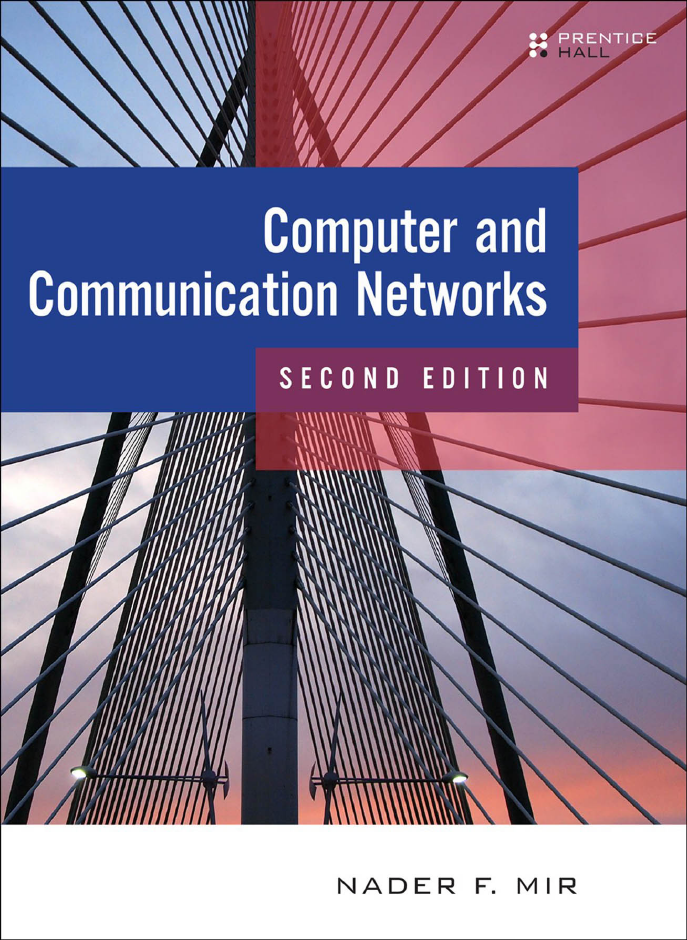
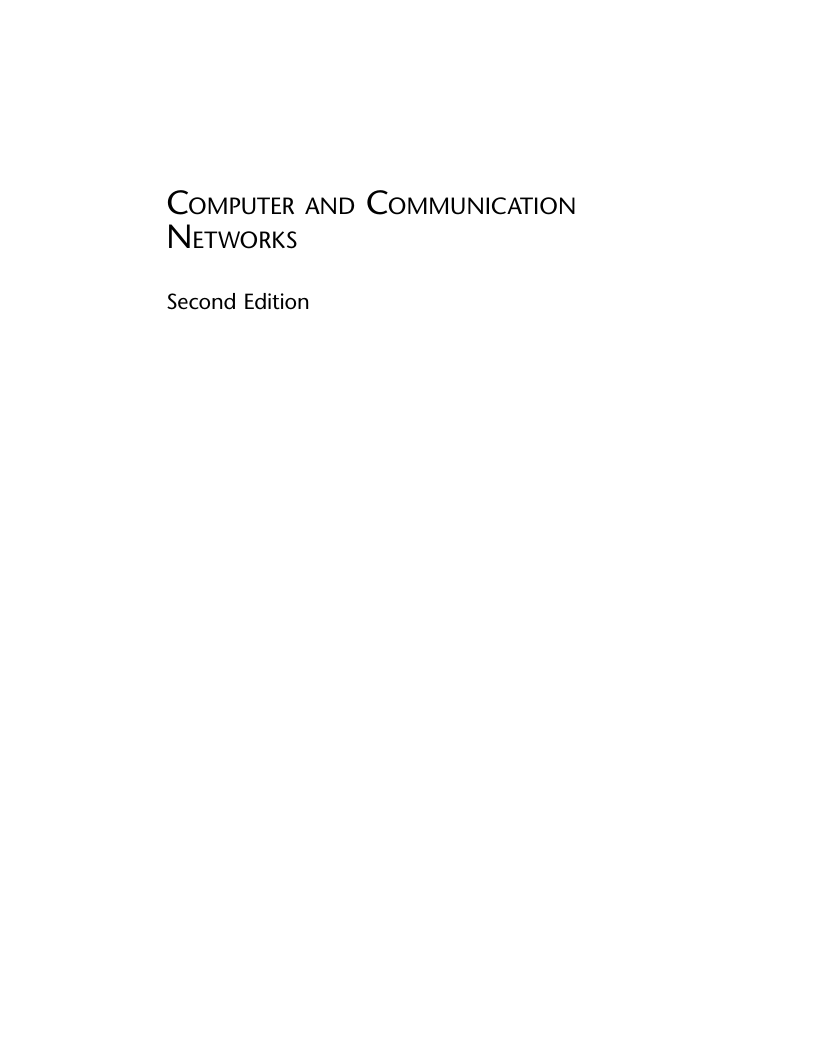

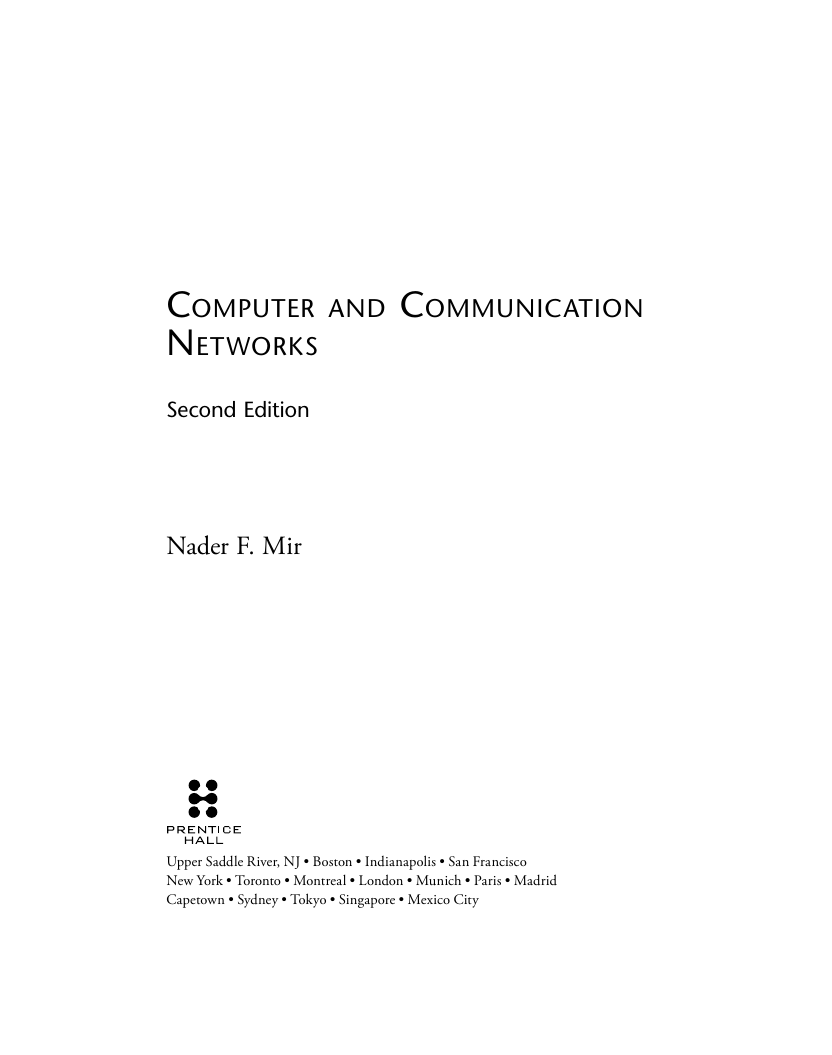
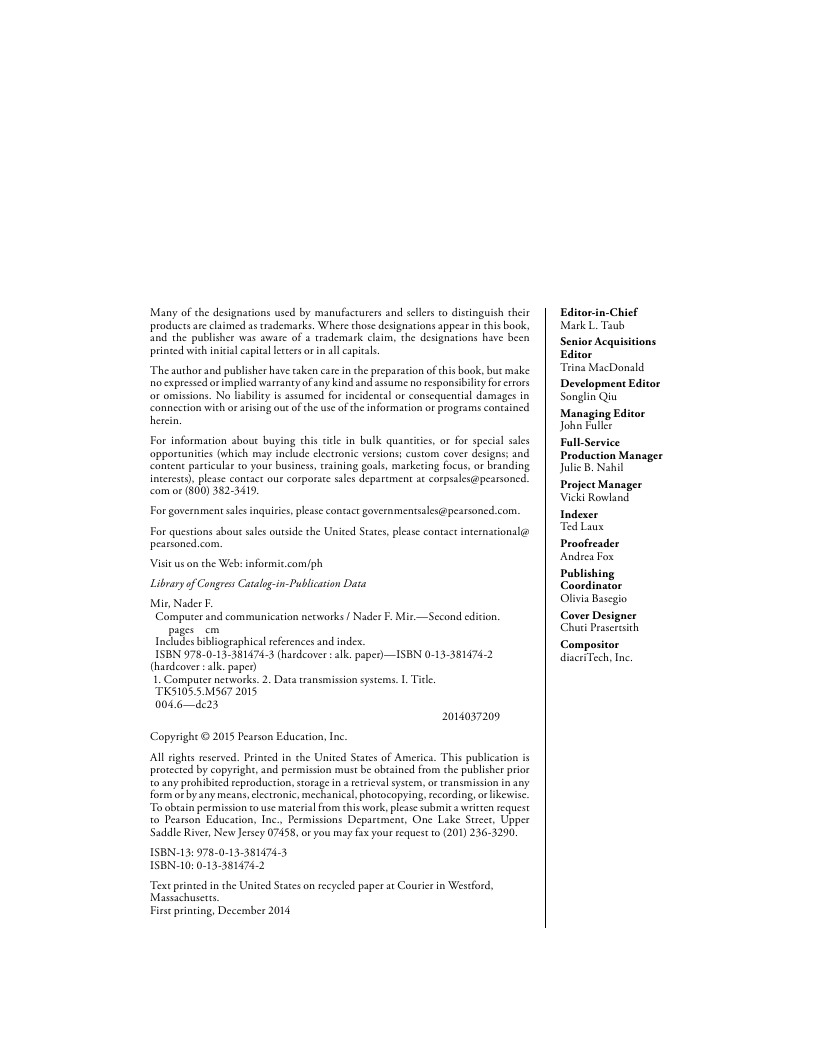


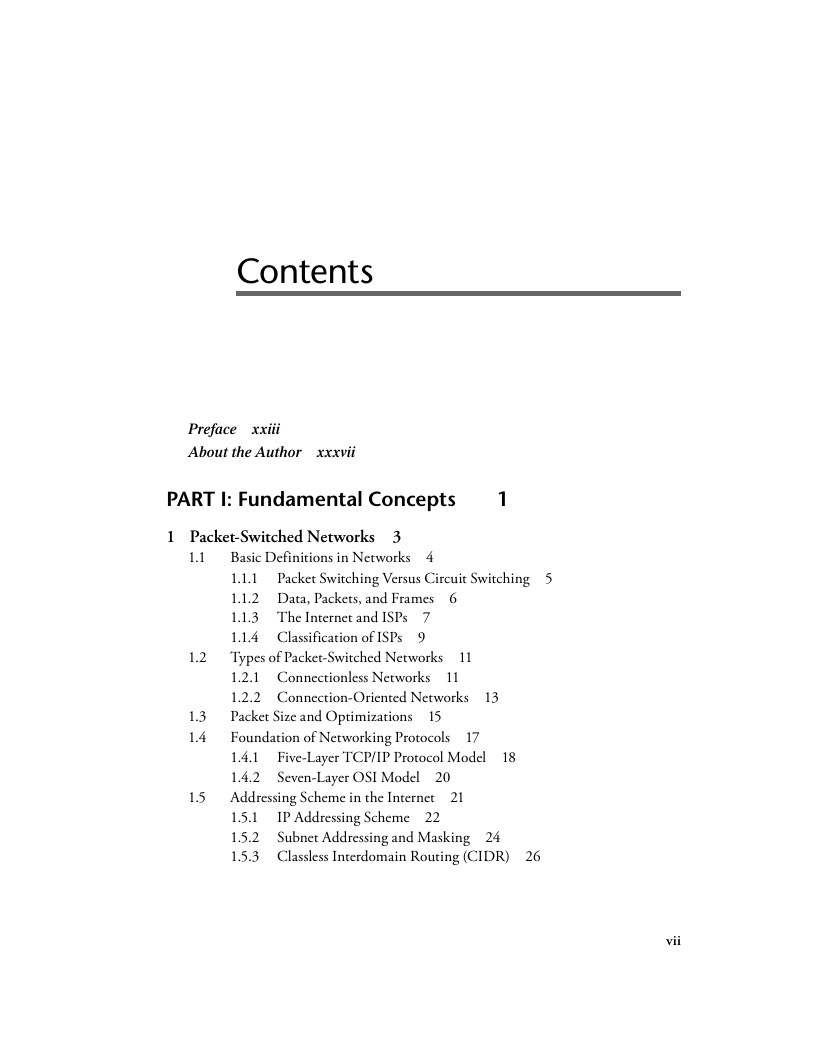








 2023年江西萍乡中考道德与法治真题及答案.doc
2023年江西萍乡中考道德与法治真题及答案.doc 2012年重庆南川中考生物真题及答案.doc
2012年重庆南川中考生物真题及答案.doc 2013年江西师范大学地理学综合及文艺理论基础考研真题.doc
2013年江西师范大学地理学综合及文艺理论基础考研真题.doc 2020年四川甘孜小升初语文真题及答案I卷.doc
2020年四川甘孜小升初语文真题及答案I卷.doc 2020年注册岩土工程师专业基础考试真题及答案.doc
2020年注册岩土工程师专业基础考试真题及答案.doc 2023-2024学年福建省厦门市九年级上学期数学月考试题及答案.doc
2023-2024学年福建省厦门市九年级上学期数学月考试题及答案.doc 2021-2022学年辽宁省沈阳市大东区九年级上学期语文期末试题及答案.doc
2021-2022学年辽宁省沈阳市大东区九年级上学期语文期末试题及答案.doc 2022-2023学年北京东城区初三第一学期物理期末试卷及答案.doc
2022-2023学年北京东城区初三第一学期物理期末试卷及答案.doc 2018上半年江西教师资格初中地理学科知识与教学能力真题及答案.doc
2018上半年江西教师资格初中地理学科知识与教学能力真题及答案.doc 2012年河北国家公务员申论考试真题及答案-省级.doc
2012年河北国家公务员申论考试真题及答案-省级.doc 2020-2021学年江苏省扬州市江都区邵樊片九年级上学期数学第一次质量检测试题及答案.doc
2020-2021学年江苏省扬州市江都区邵樊片九年级上学期数学第一次质量检测试题及答案.doc 2022下半年黑龙江教师资格证中学综合素质真题及答案.doc
2022下半年黑龙江教师资格证中学综合素质真题及答案.doc